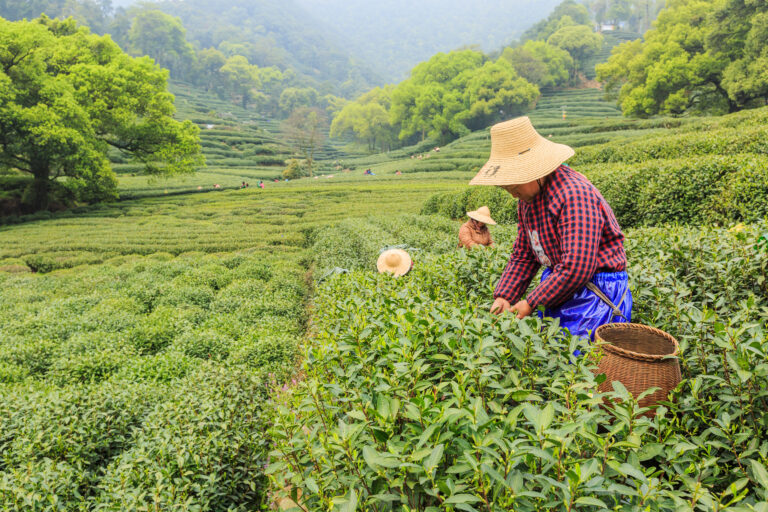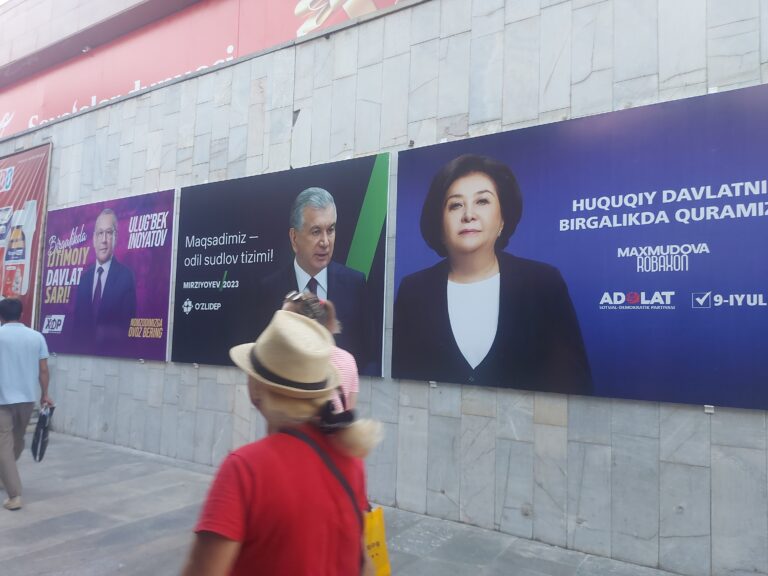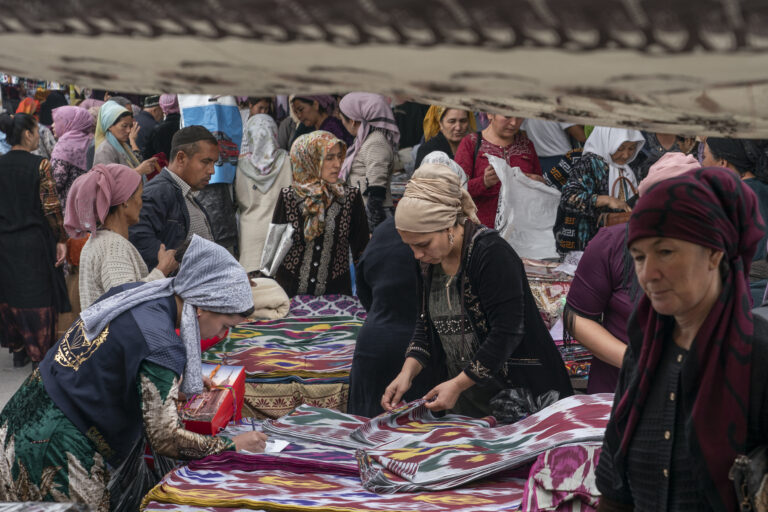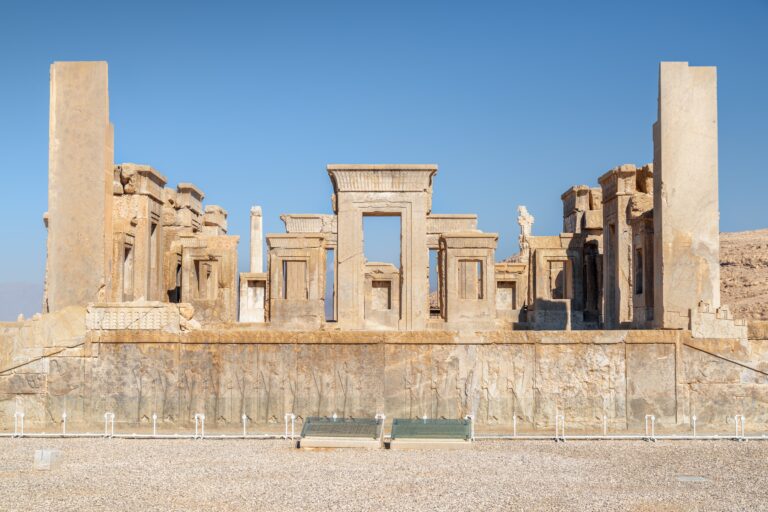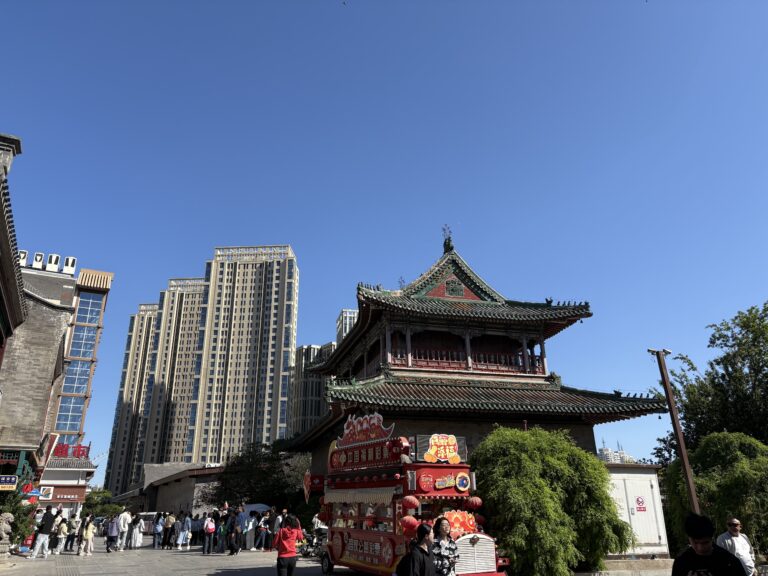Science Diplomacy in Asia: A Quiet Force for Peace and Progress
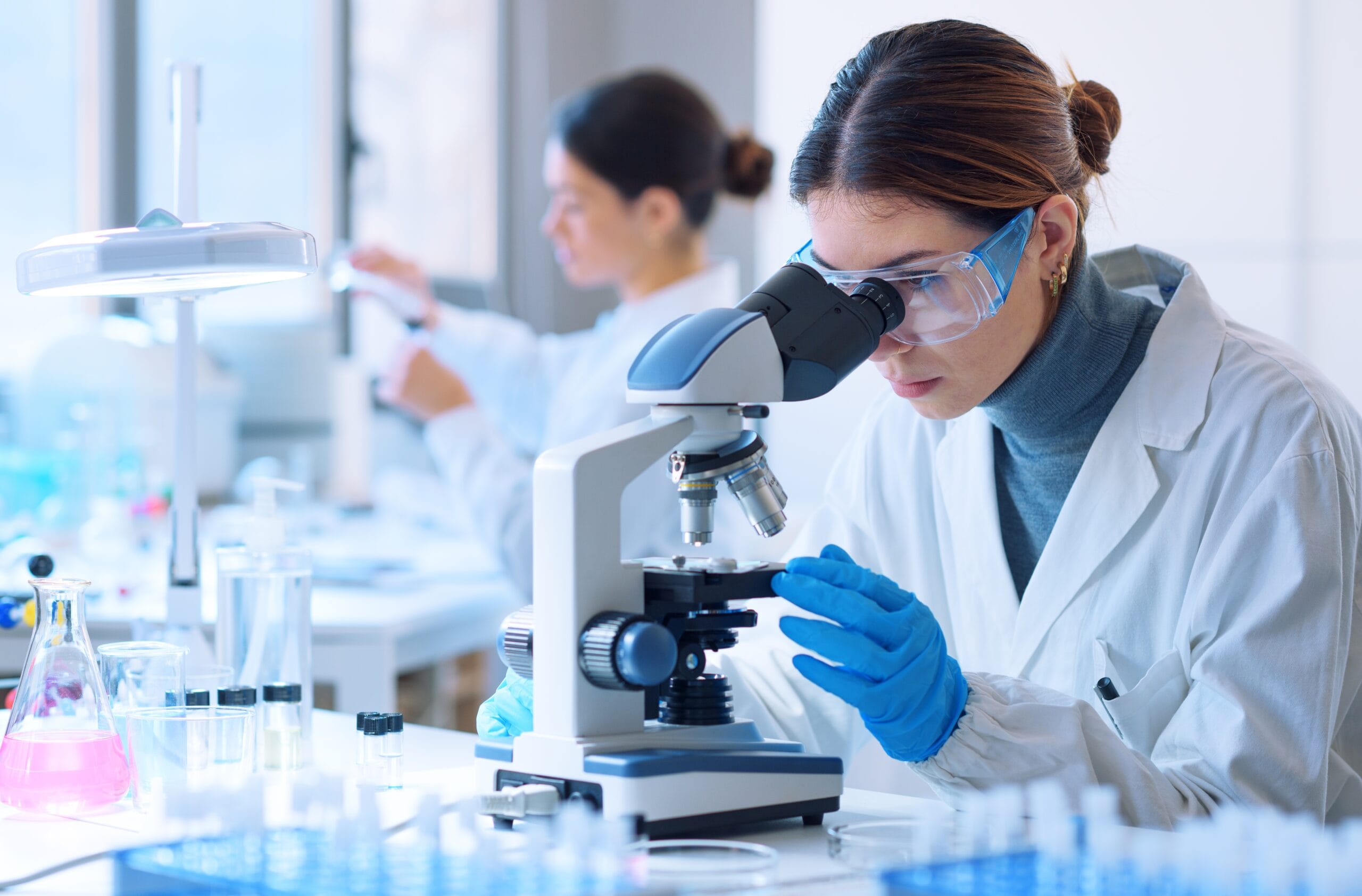
Dr Sandeep Sandhu FRSB is Head of Stakeholder Relationships at Innovate UK Business Connect and a trustee of the RSAA
In a world where headlines are dominated by political tensions, territorial disputes, and trade wars, it’s easy to overlook a quieter but equally powerful force reshaping international relations: science diplomacy.
At its heart, science diplomacy is about using science as a bridge, between countries, cultures, and communities. It’s the idea that collaboration in scientific research can open doors where politics may close them, and that shared knowledge can pave the way for shared progress. Nowhere is this more compelling, or more necessary, than in Asia.
Why Science? Why Now?
Asia is one of the most dynamic and diverse regions on the planet. It’s home to over 4.7 billion people, 48 countries, and a varied range of political systems, economic models, and cultural traditions. It’s also a region facing some of the most pressing global challenges, from climate change and pandemics to technological disruption and resource scarcity.
In this complex landscape, science diplomacy offers a pragmatic and often apolitical way to engage. While governments may clash over borders or ideology, researchers often continue to collaborate, quietly building trust, networks, and solutions across boundaries.
Where Science Leads, Dialogue Follows
Take, for example, the uneasy trilateral relationship between China, Japan, and South Korea. Despite historical and current tensions, scientists from these countries regularly work together on issues like air pollution monitoring and pandemic preparedness. During the COVID-19 crisis, data sharing and joint research efforts across Asia helped accelerate understanding of the virus, sometimes in spite of, rather than because of, political relationships.
Similarly, India and Pakistan, often adversaries on the geopolitical stage, have found moments of collaboration through shared scientific concerns, such as cross-border water management or public health surveillance.
These examples underscore a critical truth: science can provide a common language when diplomacy is a challenge.
A Continent of Shared Challenges
Few challenges reveal the need for cooperation more clearly than climate change. In the Himalayas, the so-called “Third Pole”, glacial melt is accelerating, threatening water supplies for over a billion people across China, India, Nepal, and Bhutan. This is not a challenge that respects borders. Initiatives like the International Centre for Integrated Mountain Development (ICIMOD) bring together scientists from across the region to monitor, model, and mitigate the impacts of climate change.
Similarly, Southeast Asia’s recurring battle with transboundary haze from forest fires in Indonesia has prompted regional cooperation under the ASEAN Agreement on Transboundary Haze Pollution. Science-based air quality monitoring, forest management, and early warning systems are now integral to these efforts.
When it comes to public health, the COVID-19 pandemic emphasised the importance of scientific cooperation. From Singapore’s genomic sequencing to India’s pharmaceutical manufacturing and China’s vaccine development, Asia demonstrated both capability and collaboration. Institutions such as the Coalition for Epidemic Preparedness Innovations (CEPI) have helped formalise such cooperation and must now be supported to do more.
New Frontiers in Technology and Space
Asia is also home to some of the most exciting advances in technology and space exploration. China’s Moon missions, India’s Mars orbiter, and Japan’s asteroid sample return all highlight the region’s growing capabilities, and potential for shared learning.
Organisations like the Asia-Pacific Space Cooperation Organization (APSCO) offer diplomatic platforms where emerging space powers can exchange knowledge, avoid duplication, and build peaceful applications for space technologies.
Meanwhile, artificial intelligence, quantum computing, and synthetic biology are emerging as both opportunities and battlegrounds. Countries like South Korea and Singapore are leading discussions on the ethical and regulatory dimensions of these technologies, where international collaboration is not just helpful but essential.
The Roadblocks: And How to Navigate Them
Of course, science diplomacy is not a magic wand. Collaboration can be slowed by politics, hampered by mistrust, or complicated by concerns over intellectual property and data security. In some countries, there’s no formal mechanism for linking science with foreign policy. And in others, scientific collaboration is increasingly caught up in the rhetoric of technological sovereignty and strategic competition.
So how can Asia take advantage?
- Strengthen Regional Frameworks: Institutions like ASEAN and SAARC can do more to embed science into their diplomatic and policy-making structures. This means dedicated science advisory roles and cross-border funding mechanisms.
- Train the Next Generation: Scientists need to be equipped with diplomatic skills, and diplomats with scientific literacy. Embedding early-career researchers in international negotiations or multilateral forums would be a powerful step forward.
- Foster Openness: Open science builds trust; data sharing, transparent methods, and cross-border collaboration. Where openness is difficult, transparency and third-party facilitation can help.
- Recognise the Global South: Many of the region’s most pressing challenges are shared across the Global South. Asia can take a leadership role by championing inclusive, equitable science diplomacy that recognises this.
A Quiet Force for Good
Science diplomacy may not grab headlines, but it changes lives. It is the behind-the-scenes work that makes regional vaccine development possible, that helps countries prepare for climate extremes, and that builds the trust needed for future collaboration.
Asia has a unique opportunity to lead in this space. By investing in science not just as a tool of innovation, but as a platform for diplomacy, the region can turn shared vulnerabilities into shared victories.
In an age of increasing division, the laboratory bench and the research station may prove to be some of the most powerful avenues for peace.
The opinions expressed are those of the contributor, not necessarily of the RSAA.

